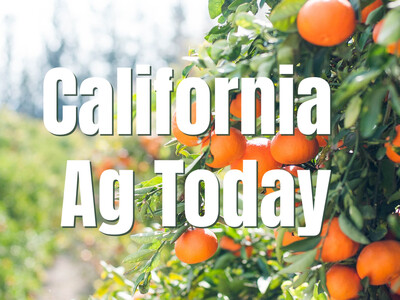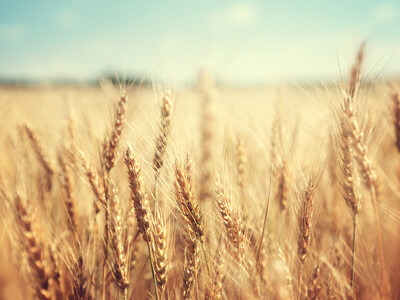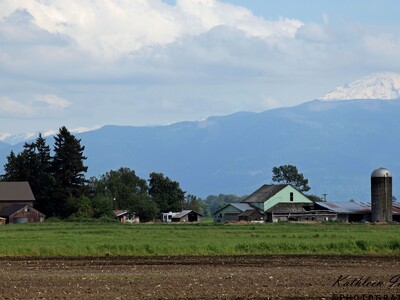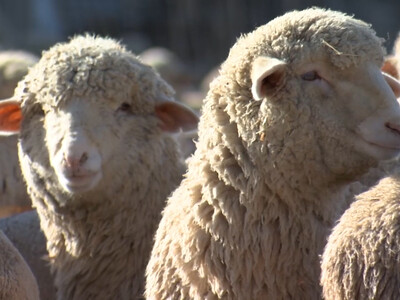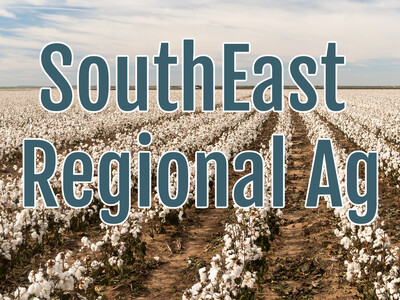Potato crop
A newly released report shows the potato industry has a massive impact on the U.S. economy.The National Potato Council’s “Spud Nation” report found the U.S. potato sector contributed an estimated $101 billion to the nation’s economy in 2021.
It also found that the nation’s potato sector generates an estimated 714,000 jobs in the United States and annual wages of about $34 billion.
“America’s most consumed vegetable is potatoes” and spuds “are incredibly important to rural communities and the country as a whole,” said NPC President RJ Andrus, an Idaho Falls potato farmer.
Andrus said the report, released Feb. 28, is groundbreaking because it marks the first time any organization has measured and reported on the national economic impact of potatoes.
“We’re incredibly excited about the information contained in this report,” said National Potato Council CEO Kam Quarles.
The report, “Measuring the Economic Significance of the U.S. Potato Industry,” looked at the direct as well as indirect contributions of the potato sector.
For example, it found that agriculture production and agribusiness services, which are direct impacts, contributed $10.8 billion to the U.S. economy.
It also found the industry was responsible for contributing $49.1 billion in processing, wholesaling and retail activity and another $41 billion through food service industries and household consumption.
The report said potatoes are the most consumed vegetable by U.S. consumers.
“We’re very proud that America is a spud nation,” Quarles said. “We’re providing a lot of value for the U.S. economy.”
The analysis was authored by Michigan State University economists. Highlights and a link to the 15-page report can be found at nationalpotatocouncil.org/spudnation.
NPC represents potato growers across the United States and the report’s release coincides with the NPC’s 2023 Washington Summit, a forum in Washington, D.C., where members discuss and advocate for the policy priorities of the nation’s spud industry.
Quarles said the information contained in the report will be incredibly important “for demonstrating the importance of this industry to our nation’s economy.”
He said that when meeting with elected officials and policy makers, two of the main questions they want to know are, “Who are you and why do you matter?”
The information in the recent report “clearly defines how important the U.S. potato industry is overall,” Quarles said.
“Not only are potatoes an essential and healthy component in our diet, but now we can say unequivocally that they are vital to the American economy,” Andrus said. “Today’s report cements the fact that potatoes are America’s favorite vegetable with value.”
The report’s analysis looked at the entire U.S. potato supply chain, from agricultural production to wholesaling, processing and distribution, to consumer purchases of final products through retail channels or food service providers.
U.S. potato growers typically produce between 41-45 billion pounds of spuds per year. Idaho is the nation’s top potato-producing state and produces about a third of the total U.S. potato crop.
Idaho farmers typically plant about 300,000 acres of potatoes each year.
Washington ranks No. 2 in potato production in the United States. Other major spud-producing states include Wisconsin, Oregon, North Dakota, Colorado, Minnesota, Maine, Michigan, Nebraska and California.
The report did not break data down to the state level.
According to an NPC news release, the fact that potato farm production itself contributed $10.8 billion to the U.S. economy underscores “the significance of largely family-owned potato farms as rural job creators and wealth generators throughout the U.S. economy.”
The report also found that export markets are an important avenue for the U.S. potato sector. About 20 percent of the spuds grown in the United States are exported, either as fresh or processed potatoes.
The United States ranks fifth in the world in total potato production, behind China, India, Russia and Ukraine.






